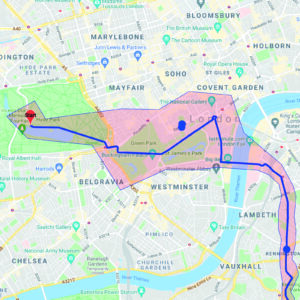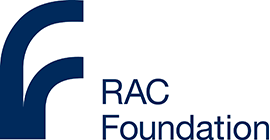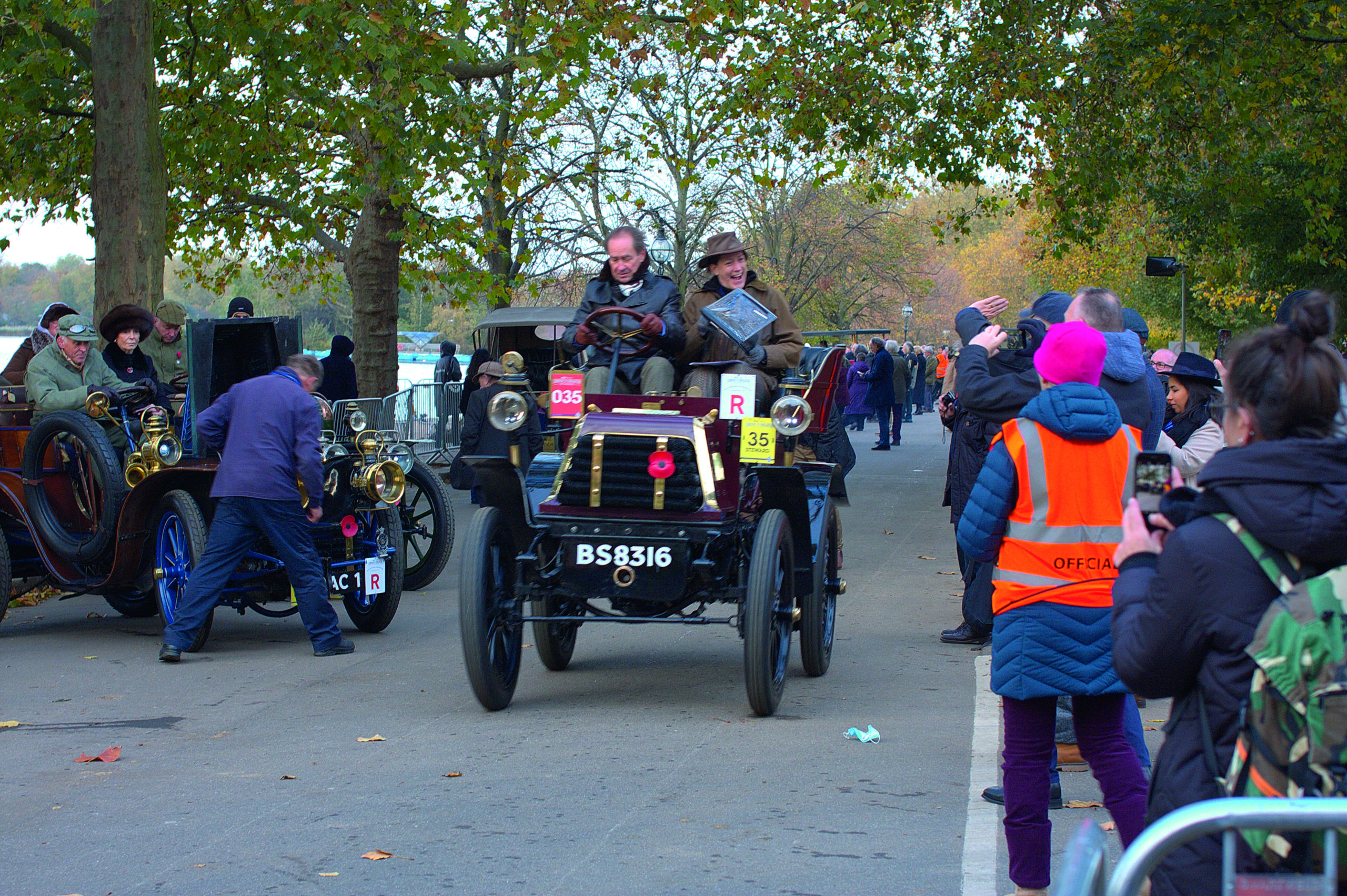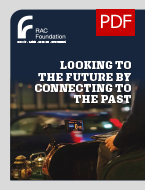Three veteran cars built at the turn of the 20th century have travelled from the capital to the south coast while using the latest in connected technology in what is believed to be the world’s first connected veteran car event.
The 1903 Daimler, 1901 Mors and 1900 Daimler were among the 350 cars which took part in the RM Sotheby’s London to Brighton Veteran Car Run on Sunday 7 November, covering 60 miles in the process.
They were celebrating the passing of the 1896 Light Locomotives on Highways Act, which raised the national speed limit to 14mph and effectively allowed motor vehicles to develop as a practical means of transport.
The vehicles were fitted with new apps that integrate several services in one place – sharing their location and status with organisers, receiving navigation specific to the official route and also in-vehicle route information such as roadworks, congestion and safety messages – thus becoming the world’s oldest connected cars.

The project was the brainchild of connected vehicle expert and car enthusiast Andy Graham of White Willow Consulting, who said:
“Connected vehicle technology is here now and is providing extremely cost-effective information both to and from vehicles of all types.
“We wanted to show that you don’t need the latest vehicles with the latest head units and dashboard displays to benefit – anything that moves with a smartphone can be connected.”
The pathfinder was sponsored by the RAC Foundation with assistance from KL Systems, Eloy, Enterprise Rent-A-Car and the Transport Technology Forum.
A report has been published about the experience and details what was learned, including:
- The most important thing we established was that it is possible to bring a bespoke suite of connected car functions together into a single integrated app. This combines specific routing information and the facility to communicate real-time information to and from the vehicle – all of the functionality we provided could have been sourced via various different apps but none could offer the combined product that we developed for the London to Brighton run;
- Such an app can support and augment the marshals’ activity by providing a channel to give advance warning of directions and route changes, for both seasoned drivers and new entrants, that can be updated real time;
- Data generated from vehicles could be very useful, particularly to monitor their location, (e.g. in the event of breakdowns, but also to track progress in terms of traffic speeds);
- With some tweaks a self-service app such as we designed could be made available to all participants to run on their own smartphones for future events – or similar events.
The experience also showed that however high-tech the system it is reliant on the phone it is uses for connectivity and battery life and mobile network coverage are critical.



